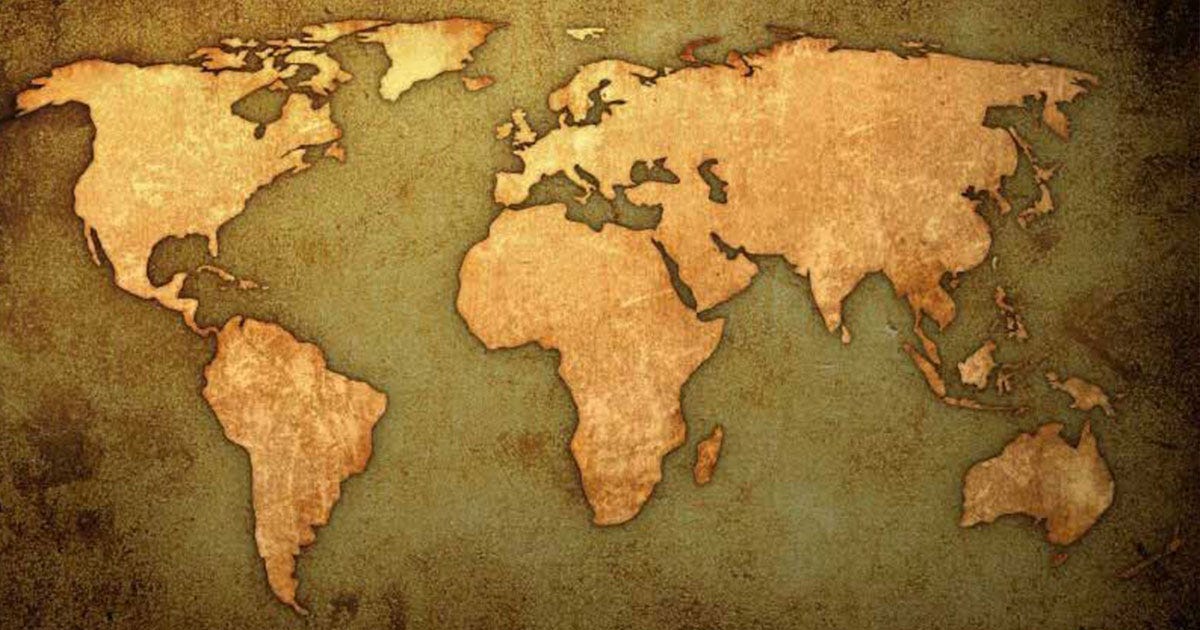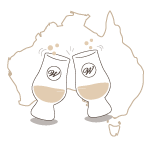

Whisky around the world
Scotland
Lowlands – The Lowlands region lies south of an imaginary line drawn from the Clyde estuary to the Tay estuary. It has the fewest number of working distilleries out of the Scottish whisky regions; four producing (Girvan, Glenkinchie, Auchentoshan and Bladnoch) and two more that are yet to release (Daftmill and Annadale). Lowland whiskies are generally soft and light in character, displaying malty, grassy characteristics and delicate aromas.
Highlands – The Highland region lies north of the imaginary line and includes most of the rest of Scotland, with the exception of the Island of Islay and Campbeltown, and thus its malts vary greatly in character from dry to sweet and some even have a touch of smoke and peat. Sometimes a distinction is made within the Highland region of the Islands, including Isle of Skye, Isle of Jura and Orkney. Examples include Glenmorangie, Blair Athol and Talisker.
Speyside – Technically Speyside lies within the Highland region and is home to approximately half of Scotland’s malt whisky distilleries. This small area of land located to the north west of Aberdeen produces mellow, sweet, and particularly fruity malt whiskies. Examples include Glenfiddich, Glenlivet and Macallan.
Islay – Located in the Inner Hebrides, the small Island of Islay is often called ‘Whisky Island’ given its concentration of eight distilleries. The island produces very distinct malts, generally heavily peated and smoky in taste. Examples include Bowmore, Ardbeg and Laphroaig.
Campbeltown – The town of Campbeltown was once home to more than 30 distilleries. Today, it is home to just three: Springbank, Glen Gyle and Glen Scotia. Whiskies from the town tend to have a little peat and salt to them, and are generally medium to full-bodied. Examples included Springbank and Glen Scotia.
America
American whiskey is made from a mash of cereal grains. While there are some single grain whiskeys, generally American whisky is made from a mash of several grains. The exact proportions or recipe of the mash is known as a mash bill and affects the outcome of the spirit. American whiskey can be made in either pot stills or column stills, but cannot be distilled above 80% ABV. Similarly to Scotch it is broken down with water and aged in oak, but no additives are allowed. If you’ve been paying attention you will also know that only virgin American oak is allowed for ageing. Looking at the examples below, please remember that if any of these whiskies ages for more than 2 years in a government bonded warehouse it can add the prefix “straight” to the name, e.g. Straight rye whisky.
Here are some classifications to help you understand:
Bourbon whiskey – made from mash that consists of at least 51% corn
Corn whiskey – made from mash that consists of at least 80% corn
Malt whiskey – made from mash that consists of at least 51% malted barley
Rye whiskey – made from mash that consists of at least 51% rye
Rye malt whiskey – made from mash that consists of at least 51% malted rye
Wheat whiskey – made from mash that consists of at least 51% wheat
Finally there is Tennessee whiskey of which Jack Daniels is the most famous. Tennessee whiskey is basically bourbon that has undergone the Lincoln County Process, which involves filtering or steeping the spirit in charcoal before ageing
Australia
Currently known to produce the World’s Best Single Malt, the island of Tasmania produces the bulk of Australia’s single malt whisky. Tasmanian single malts are fast becoming known as some of the best in the world due to the island’s climatic similarities to Scotland. Tasmania produces top quality barley, has some of the cleanest water in the world and has extensive peat reserves. Tasmanian whiskies have done very well in Jim Murray’s Whisky Bible with Sullivans Cove scoring 96.5/100 in 2013. Other notable brands include Lark, Overeem, Three Capes, Belgrove and Hellyers Road.
Canada
Canadian law governing whisky is much broader than America. To be called Canadian, a whisky must be distilled from a fermented mash of cereal grain, be aged in wood barrels with a capacity limit of 700 litres (185 US gal; 154 imp gal) for not less than three years, and “possess the aroma, taste and character generally attributed to Canadian whisky”. Caramel and flavouring is permitted and there is no limit on ABV in distillation. To be exported as “Canadian Whisky”, the liquor can also contain up to 9.09% of imported spirit. The Canadians don’t distinguish between the terms Canadian whisky, Rye whisky and Canadian Rye whisky.
India
India consumes the most whisky in the world, but it is mainly molasses based blends. If you are a cricket fan you will be familiar with brands such as Royal Challenge or Officer’s Choice from the IPL. In addition to these, India also has a few single malts, most notably Amrut, which is considered to be one of the finer single malts available on the market.
Ireland
Ireland is a major producer of whisky and brands such as Jameson’s, Tullamore Dew and Bushmills are household names. Typically Irish whiskey is distilled three times in pot stills and peat is rarely used. Despite being a major producer, there are only seven distilleries operational in Ireland and interestingly Bushmill’s is the oldest distillery in the world, obtaining a license in 1608. There are two types of Irish whiskey, the first is a grain whiskey that is made from a grain mash and distilled in a column still. The second is called pure pot still, single pot still or Irish pot still. It is made in a pot still from barley mash consisting of unmalted and malted barley.
Japan
The Japanese have been making whisky since 1924 and are widely regarded as making some of the best single malt in the world. The industry is modelled entirely on Scotland and Japanese whisky has outperformed their Scottish rivals in more than one blind tasting. The best-known brands are Nikka, Yamazaki Hakushu and Myagikyo.


